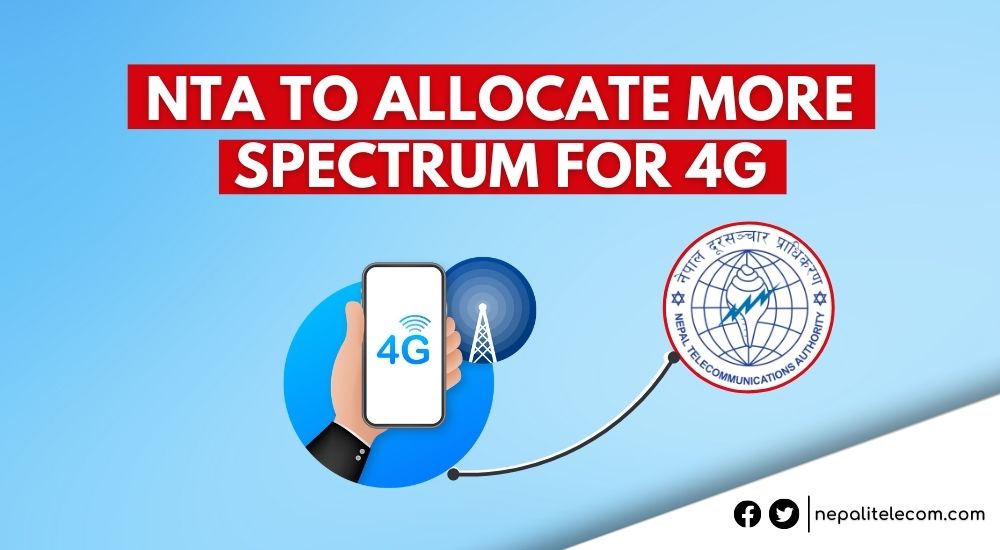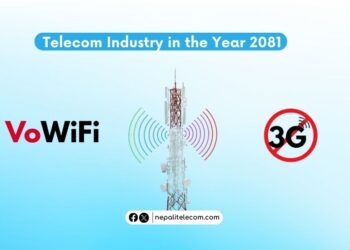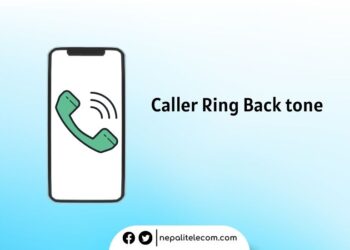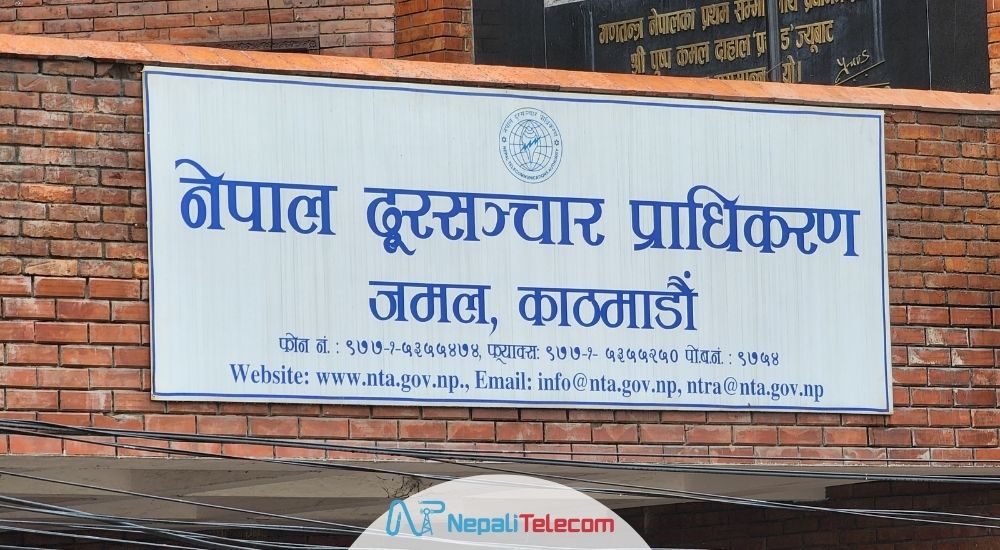Telecom regulator Nepal Telecommunication Authority (NTA) is in plans to allocate more frequencies for the 4G mobile network to boost the quality of service. The authority’s then Chairman Purushottam Khanal revealed the plan at a program on Friday, July 22nd. He was speaking at the event organized by the South Asian Network Operators Group (SANOG).
NTA has allocated 800 MHz, 900 MHz, 1800 MHz, and 2100 MHz band frequencies to Nepali service providers for the fourth-generation cellular network.
Likewise, Ntc operating in both 800 MHz and 1800 MHz 4G bands offers its fast 4G network across Nepal. By leveraging Carrier Aggregation (CA), the company is able to deliver higher network performance to its users.
Meanwhile, Ncell uses 900 MHz, 1800 MHz, and 2100 MHz bands for its network. The other telco Smart Cell had deployed a 900 MHz band for its LTE network but it’s now out of service. Do read: 4G Users in Nepal | Latest figures
The telcos have taken their 4G broadband across Nepal but the performance and coverage both vary in consistency. This has drawn an unflattering yield upon customer experience. NTA wants to sort out the performance with more spectrums which are an extremely vital resource for the quality of cellular communications.
Check out: Spectrum bands in Nepal for 2G, 3G, 4G, and 5G
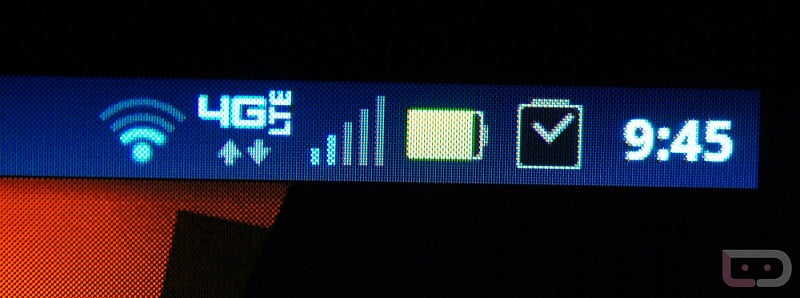
Mr. Khanal insisted that the current frequencies used in the 4G network are insufficient to offer quality service. He added that the governing body intends to allocate more frequencies to operators to boost the network’s performance.
NTA will soon undertake a series of actions to implement the plan. Likewise, he expected the program would help expand a resilient network expansion and security.
Also see: The State of 4G Speed in Nepal and its Influencing Factors
NTA to allocate more 4G frequencies amidst poor performance results
Despite telcos offering the mainstream 4G network around the country, the performance has lagged for most consumers. Network congestion and likely the network being short of frequencies have resulted in poor bandwidth throughput, disconnection, and jitters. These make watching videos, gaming, and file downloads an awful experience.
In addition, drive tests by NTA that assess telcos’ mobile services often draw underwhelming results. In a recent Quality of service study by the regulator NTA, no telcos succeeded in providing service within the preferred range. Telcos failed to deliver in both voice call and mobile data speed performance which are the crucial markers of network performance.
If NTA implements its plan to allocate more frequencies for the 4G network, some of those issues relating to poor network performances might subside.
What is the performance of the 4G network on your smartphone? Is it satisfactory or else? You can share your user experience in the comments below.


